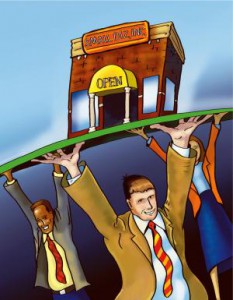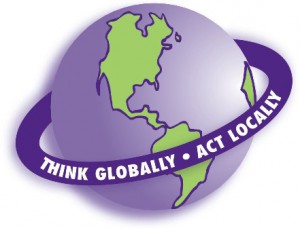You don’t have to buy them: The Collaborative Investment

In the new frictionless economy, in which innovation in product and service can emerge from everyone, everywhere and for everything, not only do we need to bet on the creative innovative collaborations of the people within our own organizations, but we can also tap into the creative surge of small, nimble, companies without the deep formality and commitment of either acquisition or equity capital investment. Right now, there is a flood of new startups entering the world market. You don’t need to risk a stack of money to buy and leverage their expertise. Instead, build the “collaborative investment.”
Stay curious and open to those emerging small (even really small) businesses which show promise in delivering new market value, and cultivate those relationships, as both direct customers, and on a quid pro quo basis to stay ahead of the innovation curve. You might currently hold a leading market position, yet innovative ideas and solutions can come from all quarters of the market. And since the next killer app might notcome from inside your company, all the better reason to stay closely connected to emerging opportunities.
Here are a few ways you can collaborate with emerging businesses without formal monetary commitment:
Make visibility and marketing exchange commitments to the new partner
In this capacity, you have the power to recommend and refer existing customers to small companies showing promise, representing immense new opportunity for the small company, yet maintain a “watch and see” position to learn how the market responds. The startup gains the visibility the much larger company can offer while you remains a tacit partner in the promotional effort. This collaboration can then be formalized over time as the startup gains traction. For favored customer status, or even for an inside look under the hood of the killer app you are using, you can offer market visibility that would be otherwise unavailable because of their size.
Make internal referrals
Whatever cool, efficient, valuable product or service the startup is offering, you can bet another group or another division in the company can equally benefit from their service. If you are responsible for a particular product development initiative, you are certainly aware of similar efforts, funded from separate budgets in your own company that might benefit from the external partnership. Bonus: your internal referral will not increase your customer favorability, but also fuel the innovation of the service itself because the new division working with the startup is likely to push them in different ways.
Find small, promising companies and get close to them. Figure out what you can offer that would be of great value to your smaller collaborator to help their innovation grow.







